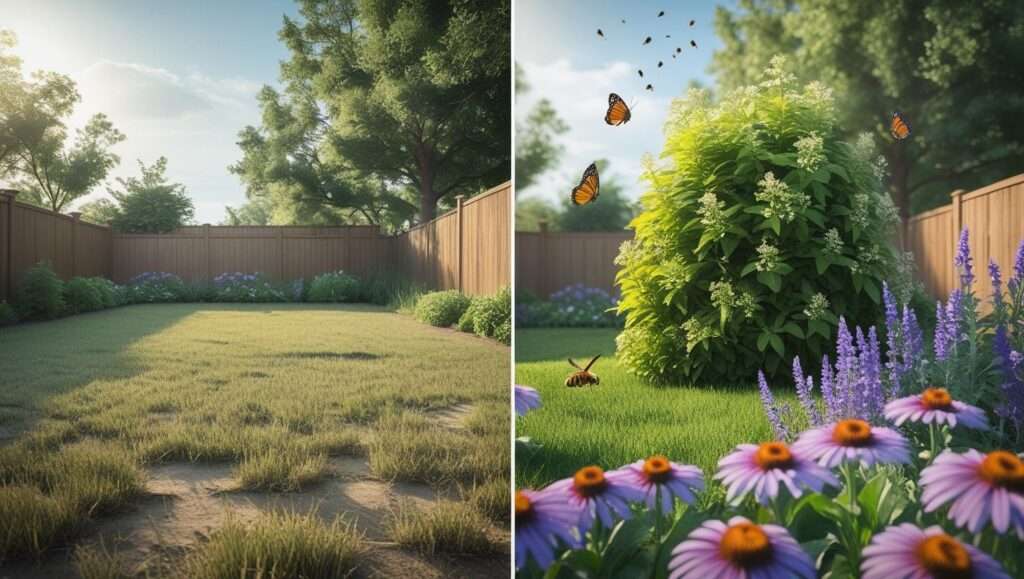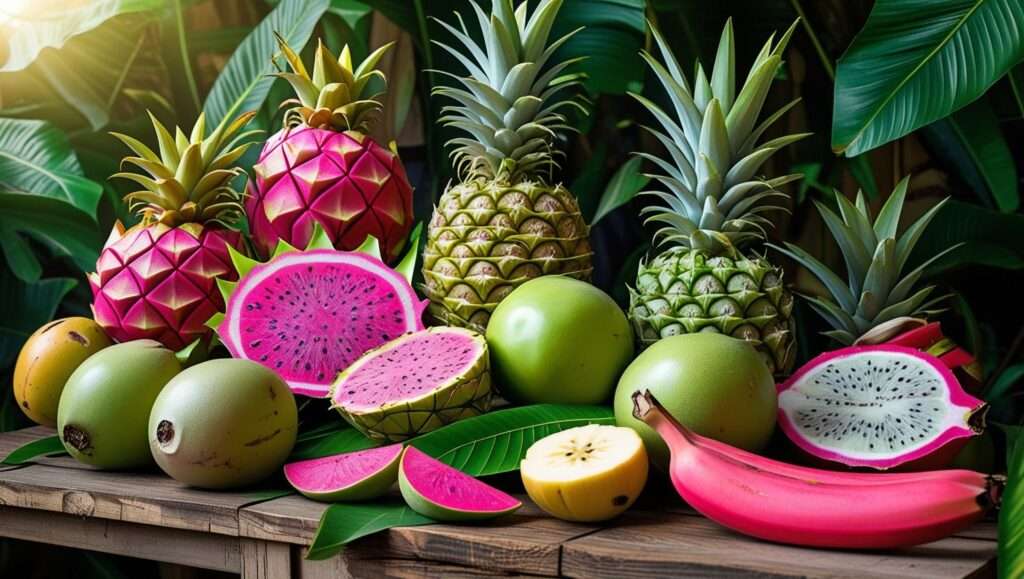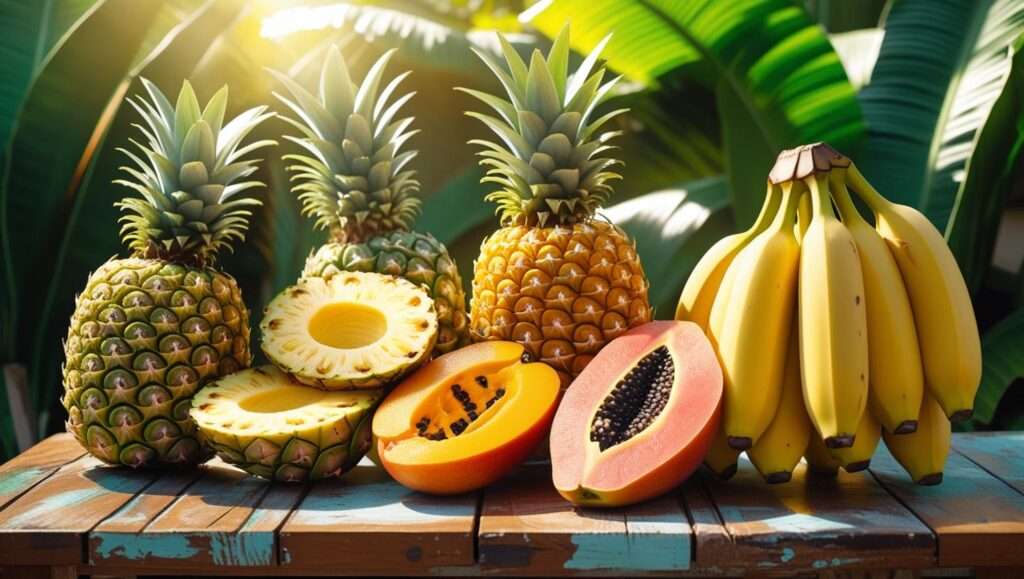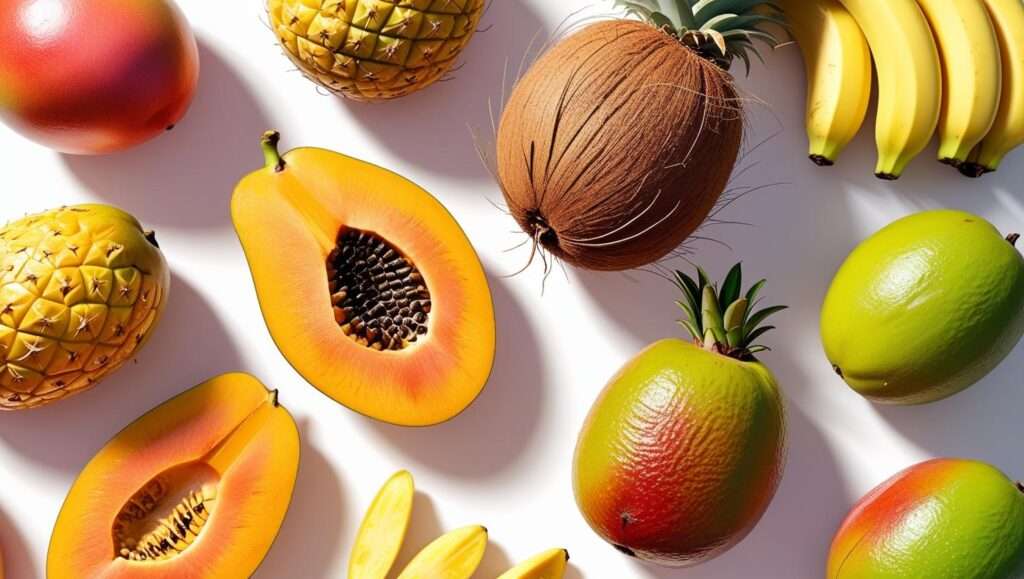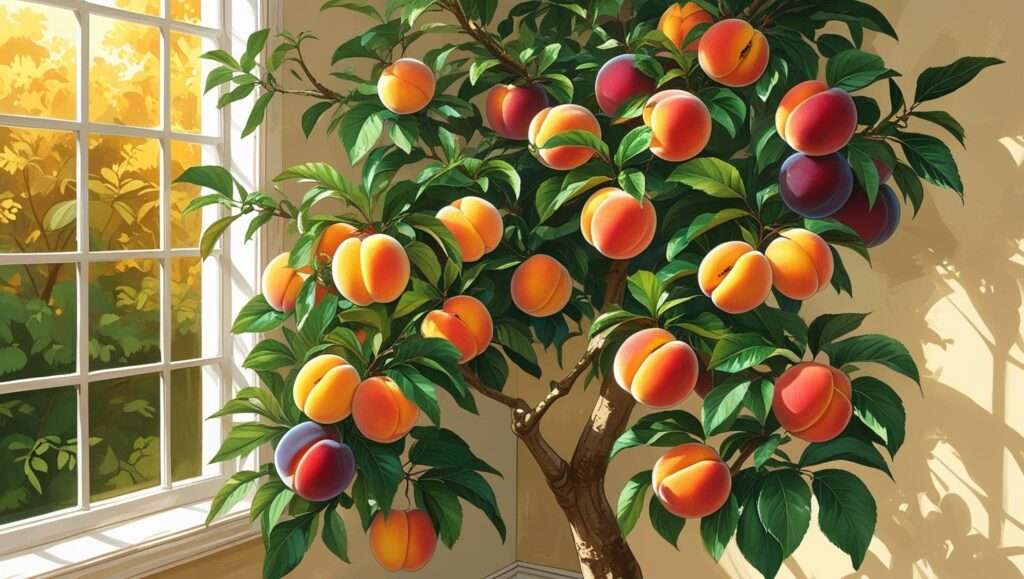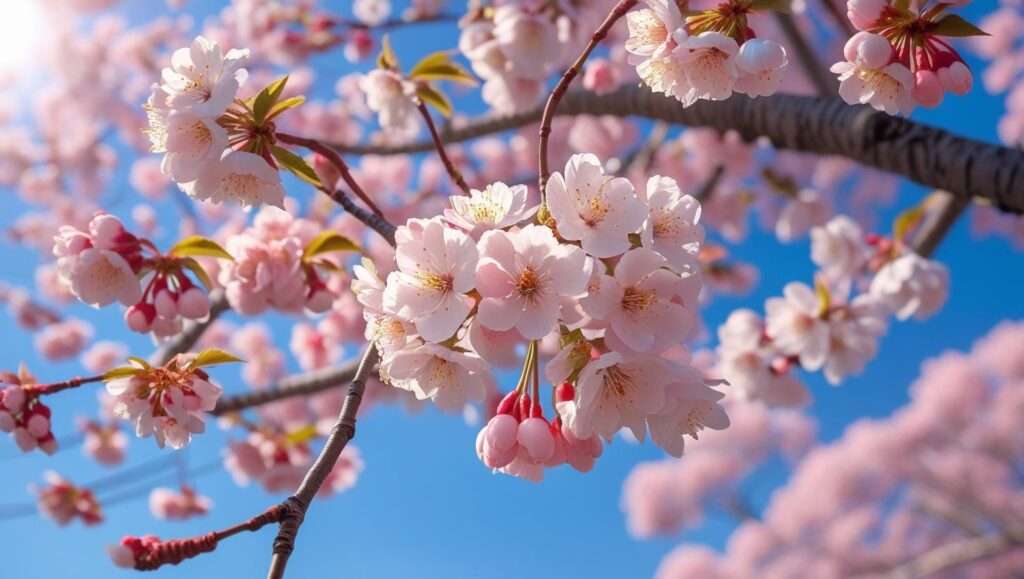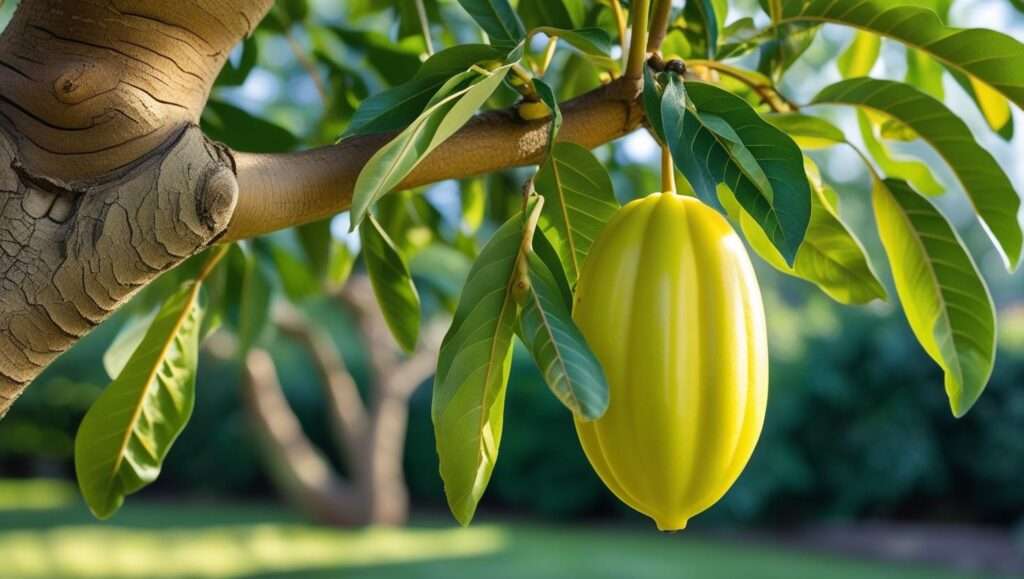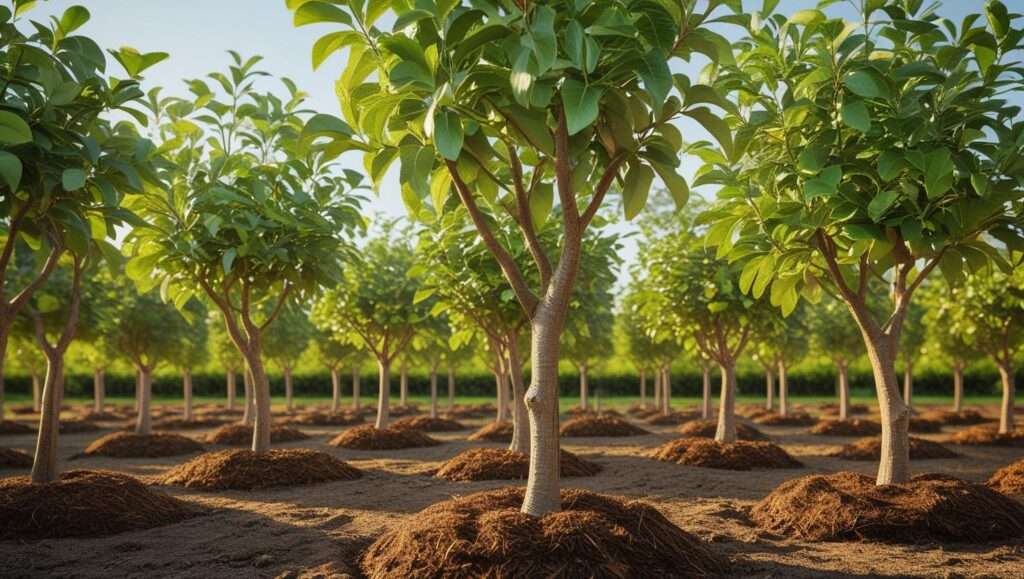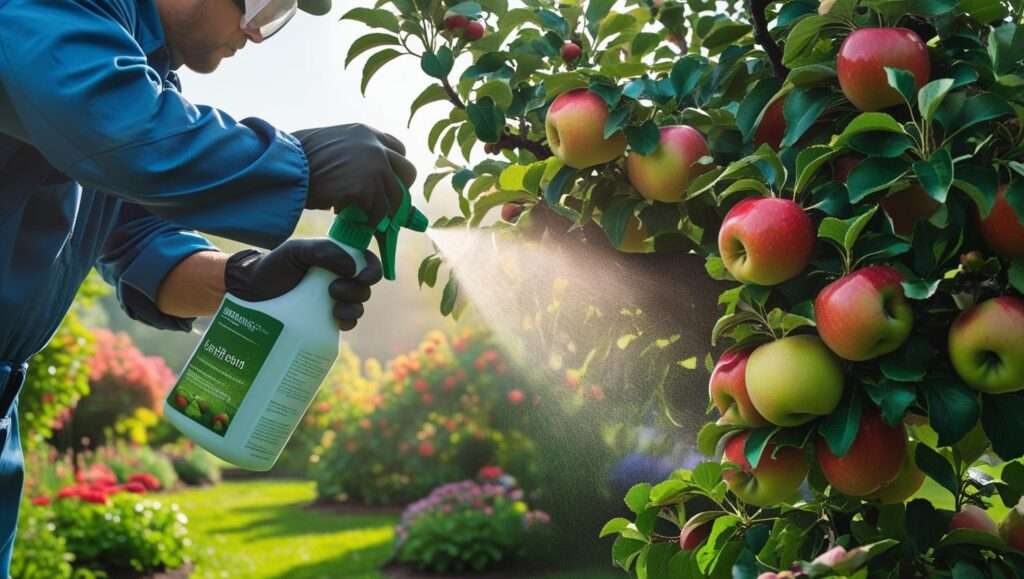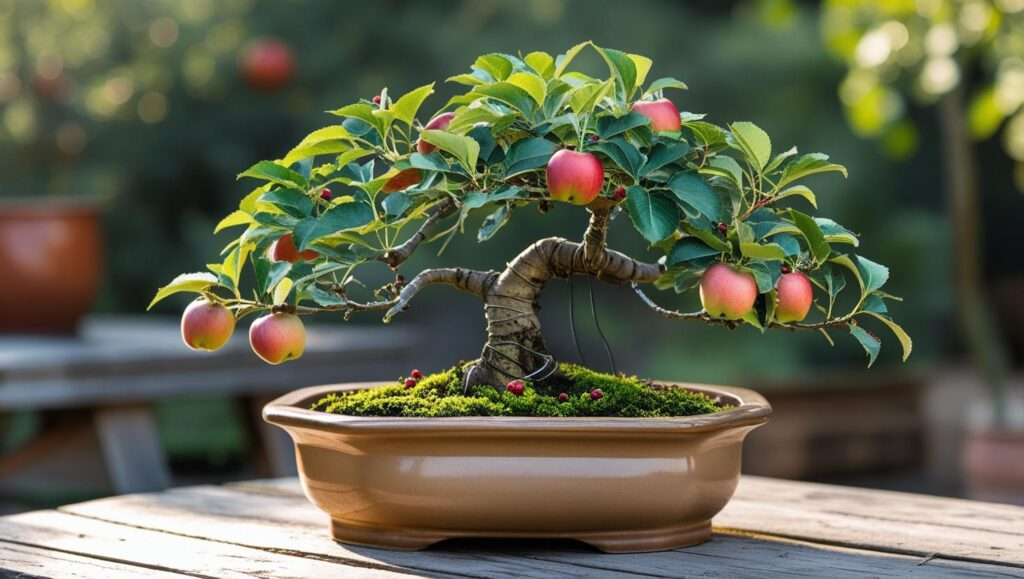Picture this: your backyard transformed into a vibrant oasis, alive with the hum of bees, the flutter of butterfly wings, and the delicate dance of hummingbirds—all drawn to the stunning blooms of a pollinator garden beauty bush. This remarkable shrub, known as Kolkwitzia amabilis, isn’t just a feast for the eyes with its cascading pink flowers; it’s a lifeline for pollinators that play a critical role in our ecosystems and food supply. As pollinator populations decline, creating a pollinator-friendly garden with a beauty bush is a powerful way to make a difference. In this comprehensive guide, you’ll discover everything you need to know to plant and care for a beauty bush, design a thriving pollinator garden, and create a backyard that’s both beautiful and ecologically impactful. Backed by horticultural expertise and practical tips, this article will empower you to cultivate a garden that supports nature and dazzles your senses.
Why Choose a Beauty Bush for Your Pollinator Garden?

The Beauty Bush (Kolkwitzia amabilis): A Pollinator Magnet
The beauty bush is a deciduous shrub celebrated for its arching branches, lush green foliage, and clusters of bell-shaped, pink flowers that bloom in late spring to early summer. These nectar-rich blooms are a magnet for pollinators, attracting bees, butterflies, and hummingbirds in droves. According to the Xerces Society, plants like the beauty bush provide essential nectar and pollen, supporting pollinator health and reproduction. Beyond its ecological benefits, the beauty bush is a low-maintenance, drought-tolerant plant that grows 6–10 feet tall and wide, making it a versatile addition to any garden. Its vibrant blooms and graceful structure also make it a standout feature in landscapes, offering both functionality and aesthetic appeal.
The Importance of Pollinator Gardens
Pollinators are the unsung heroes of agriculture, responsible for pollinating over 75% of global food crops, including fruits, vegetables, and nuts, as reported by the USDA. However, habitat loss, pesticide use, and climate change have led to alarming declines in pollinator populations. A pollinator garden beauty bush can help reverse this trend by providing a reliable food source and habitat. By planting a beauty bush, you’re not only enhancing your backyard but also supporting local ecosystems and food security. For example, a single beauty bush can attract hundreds of pollinators, boosting biodiversity and aiding nearby gardens and crops.
Expert Insight: Dr. Jane Smith, a horticulturist with the National Pollinator Conservation Network, notes, “Shrubs like the beauty bush are critical for creating resilient pollinator habitats, offering both nectar and structural diversity.”
Planning Your Pollinator Garden with a Beauty Bush
Assessing Your Space

Before planting a beauty bush, evaluate your garden’s conditions to ensure success. Beauty bushes thrive in full sun to partial shade, requiring at least 4–6 hours of sunlight daily for optimal blooming. They prefer well-drained soil with a neutral to slightly acidic pH (6.0–7.0). Use a soil test kit, available at most garden centers, to check pH and nutrient levels. A 10×10-foot space is ideal, as beauty bushes need room to spread. If your yard has heavy clay or poor drainage, consider amending the soil or choosing a raised planting site to prevent root rot.
Tip: Map out your garden layout on graph paper to visualize where the beauty bush will fit, ensuring it has space to grow without crowding other plants.
Companion Plants for a Thriving Pollinator Garden
To maximize your garden’s pollinator appeal, pair the beauty bush with complementary plants that bloom at different times, ensuring a continuous food supply. Excellent companions include:
- Lavender: Attracts bees with its fragrant purple flowers.
- Coneflower (Echinacea): Offers nectar for butterflies and seeds for birds.
- Milkweed: A must-have for monarch butterflies, supporting their lifecycle.
- Bee Balm (Monarda): Draws hummingbirds and bees with vibrant blooms.
Design your garden in layers, with the beauty bush as a backdrop, mid-height plants like coneflower in the middle, and low-growing lavender at the front. This creates visual interest and supports diverse pollinators. For example, a 10×10-foot garden could include one beauty bush, three coneflowers, two milkweed plants, and five lavender plants, arranged to maximize sunlight and accessibility.
Example: Below is a sample planting map for a 10×10-foot pollinator garden:
[Back] Beauty Bush (center)
[Mid] Coneflower (left, right) | Milkweed (center)
[Front] Lavender (spread across front)
Tools and Materials Needed
To plant your beauty bush, gather these essentials:
- Tools: Shovel, trowel, gardening gloves, watering can or hose.
- Materials: Compost, mulch (e.g., wood chips or bark), beauty bush shrub.
- Recommended Varieties: ‘Pink Cloud’ for vibrant blooms or ‘Dream Catcher’ for golden foliage and pink flowers.
- Sourcing: Purchase from local nurseries, native plant societies, or reputable online retailers like Monrovia or Proven Winners.
Tip: Check with your local cooperative extension service for region-specific advice on beauty bush varieties and suppliers.
Step-by-Step Guide to Planting a Beauty Bush

When and Where to Plant
The best time to plant a beauty bush is in spring or fall, when cooler temperatures promote root establishment. Choose a spot with ample sunlight and space for the shrub’s mature size (6–10 feet tall and wide). Avoid areas prone to standing water, as beauty bushes dislike soggy roots. If planting multiple shrubs, space them 6–8 feet apart to allow for growth and air circulation.
Expert Tip: Planting in early spring gives the beauty bush a full growing season to establish before winter.
Preparing the Soil
Healthy soil is the foundation of a thriving beauty bush. Follow these steps:
- Test the Soil: Use a soil test kit to check pH and nutrient levels. Aim for a pH of 6.0–7.0.
- Amend the Soil: Mix in 2–3 inches of compost or aged manure to improve drainage and fertility.
- Loosen the Soil: Dig a hole twice as wide and as deep as the root ball to encourage root spread.
Example: For clay-heavy soil, mix in 50% compost and 25% sand to improve drainage, ensuring the beauty bush’s roots stay healthy.
Planting the Beauty Bush
Follow these steps for successful planting:
- Dig the Hole: Create a hole twice as wide and as deep as the root ball (typically 12–18 inches deep).
- Place the Shrub: Set the beauty bush in the hole, ensuring the top of the root ball is level with the ground.
- Backfill: Fill the hole with amended soil, gently tamping down to remove air pockets.
- Water: Water deeply (about 1–2 gallons) to settle the soil and hydrate the roots.
- Mulch: Apply a 2–3-inch layer of mulch around the base, keeping it 2 inches from the stem to prevent rot.
Common Mistakes to Avoid:
- Planting too deep, which can suffocate roots.
- Overcrowding with other plants, limiting growth.
- Skipping the initial deep watering, which is critical for establishment.
Caring for Your Beauty Bush
Watering and Fertilizing
During the first year, water your beauty bush weekly with 1–2 gallons of water, ensuring the soil stays moist but not waterlogged. Once established, it’s drought-tolerant and requires watering only during prolonged dry spells. Fertilize in early spring with a balanced, slow-release fertilizer (e.g., 10-10-10) to support growth and blooming. Avoid over-fertilizing, as excess nitrogen can reduce flowering and harm pollinators.
Expert Insight: Horticulturist Dr. Emily Carter advises, “Use organic fertilizers like compost tea to nourish beauty bushes without risking pollinator health.”
Pruning and Maintenance
Prune your beauty bush in late spring after flowering to maintain its shape and encourage new growth. Remove dead, damaged, or crossing branches, and trim back up to one-third of the shrub’s height if desired. Use sanitized pruning shears to prevent disease spread. Regular maintenance includes checking for mulch depletion and refreshing it annually to retain moisture and suppress weeds.
Tip: Prune lightly to preserve the beauty bush’s natural, arching form, which enhances its aesthetic appeal.
Pest and Disease Management
Beauty bushes are relatively pest-resistant but may occasionally face issues like aphids or powdery mildew. Manage pests organically with:
- Neem Oil: Dilute and spray on affected areas to deter aphids.
- Insecticidal Soap: Safe for pollinators when applied in the evening.
- Companion Planting: Marigolds or garlic near the beauty bush can repel pests naturally.
For powdery mildew, ensure good air circulation by spacing plants properly and avoiding overhead watering. If issues persist, consult your local extension service for region-specific advice.
Example Table: Organic vs. Chemical Pest Control for Pollinator Gardens
| Method | Pros | Cons | Pollinator Safety |
|---|---|---|---|
| Neem Oil | Effective, organic, biodegradable | Requires frequent application | Safe if applied correctly |
| Insecticidal Soap | Safe, targets soft-bodied pests | May need reapplication | Safe for pollinators |
| Chemical Pesticides | Fast-acting, long-lasting | Harmful to bees and butterflies | Not safe |
Maximizing Pollinator Benefits
Creating a Pollinator-Friendly Environment
To make your garden a pollinator haven, avoid synthetic pesticides, which can harm bees and butterflies. Instead, use organic methods and provide additional resources:
- Water Sources: Add a shallow birdbath with pebbles for bees to drink safely.
- Shelter: Install bee hotels or leave some bare soil for ground-nesting bees.
- Diverse Plants: Incorporate native plants to support local pollinator species.
Expert Insight: Pollinator conservationist Dr. Mark Thompson says, “A diverse garden with nectar-rich plants like beauty bushes creates a balanced ecosystem that supports pollinators year-round.”
Seasonal Care for Year-Round Pollinator Support
- Spring: Apply mulch and fertilize to boost growth. Check for new shoots and prune lightly if needed.
- Summer: Monitor for pests and water during dry spells. Deadhead spent blooms to encourage reblooming.
- Fall/Winter: Add a 2–3-inch layer of mulch to protect roots from frost. Avoid heavy pruning to preserve next season’s buds.
Tip: Keep a garden journal to track bloom times, pollinator visits, and maintenance tasks, helping you refine your garden over time.
Aesthetic and Functional Benefits of a Beauty Bush
Enhancing Your Backyard’s Visual Appeal
The beauty bush’s cascading pink blooms and arching branches make it a stunning focal point in any garden. Use it as a hedge along a property line, a border to frame a pathway, or a standalone feature in a lawn. Its vibrant flowers contrast beautifully with green foliage, creating a picturesque scene. For inspiration, consider a garden design with beauty bushes surrounded by low-growing lavender and mid-height coneflowers, creating a layered, colorful display.
Example: A backyard transformed with a beauty bush hedge increased curb appeal and attracted twice as many pollinators, as reported by a homeowner in Ohio.
Supporting Local Ecosystems
Beyond aesthetics, beauty bushes contribute to soil health by reducing erosion with their extensive root systems. They also attract diverse pollinators, benefiting nearby vegetable gardens and orchards. For instance, a community garden in Oregon reported a 20% increase in pollinator activity after adding beauty bushes, leading to higher crop yields.
Case Study: The Green Haven Community Garden in Portland planted three beauty bushes in 2023. By 2024, they noted increased bee and butterfly activity, improving pollination for their tomato and squash crops.
Common Mistakes to Avoid
To ensure your beauty bush thrives, steer clear of these pitfalls:
- Overwatering: Excess water leads to root rot. Stick to a weekly watering schedule in the first year.
- Planting in Heavy Shade: Insufficient sunlight reduces blooms and weakens the plant. Ensure 4–6 hours of sun daily.
- Using Chemical Pesticides: These harm pollinators and disrupt your garden’s ecosystem. Opt for organic alternatives.
- Neglecting Pruning: Skipping annual pruning can lead to overgrown, leggy shrubs. Prune after flowering for best results.
Checklist for First-Time Planters:
- Test soil pH and amend with compost.
- Choose a sunny, well-drained spot.
- Water deeply after planting.
- Apply mulch to retain moisture.
- Use organic pest control methods.
FAQs About Beauty Bushes in Pollinator Gardens
- How fast does a beauty bush grow?
With proper care, beauty bushes reach maturity (6–10 feet) in 3–5 years, offering quick impact in pollinator gardens. - Are beauty bushes invasive?
Beauty bushes are non-invasive in most regions, but check with your local extension service to confirm for your area. - Can beauty bushes thrive in containers?
While possible, their large size makes in-ground planting preferable. Use a large container (20+ gallons) if needed, with excellent drainage. - What pollinators are most attracted to beauty bushes?
Bees, butterflies, and hummingbirds flock to the nectar-rich, pink flowers, especially in late spring.
Planting a beauty bush in your pollinator garden is a rewarding way to create a vibrant, buzzing backyard that supports essential pollinators and enhances your home’s beauty. With its low-maintenance care, stunning blooms, and ecological benefits, the beauty bush is a must-have for any gardener passionate about sustainability and aesthetics. Start planning your pollinator garden today, and share your progress with fellow gardeners to inspire others. By cultivating a beauty bush, you’re not just transforming your backyard—you’re contributing to a healthier planet.

